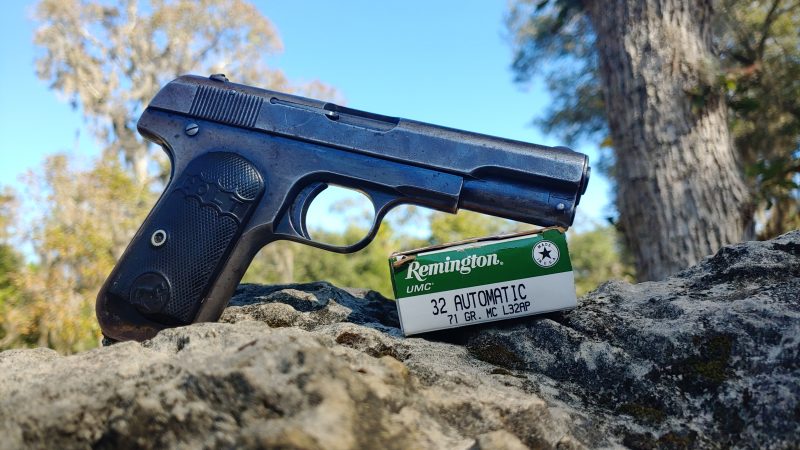
Is an “obsolete” caliber still a viable option?
What’s the best carry caliber? It’s easy to just shout different calibers and even justify them. Admittedly there are a lot of good calibers out there these days, and you’ve likely found the right caliber for you. However, what’s good for you, might not be great for everyone else. I think 9mm is a great round, and it’s my round of choice, but it’s not perfect for everyone. This has led me to question the status quo a bit and ask what about the .32 ACP?
These days the .32 ACP is often seen as a mouse gun caliber. It’s a caliber seen as much too small to be efficient in a defensive shooting. That mindset came from a time of misinformation about how firearms worked and how handguns stop threats. Terms like stopping power became popularized, and we now know that stopping power isn’t a thing.
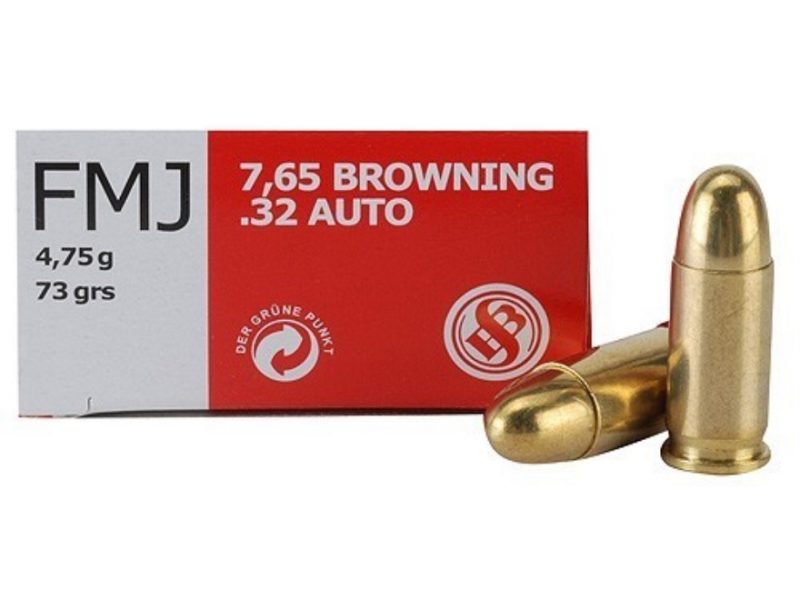
While the 32 ACP isn’t the best round for concealed carry, it could be the best round for certain shooters and certain situations.
The .32 ACP – A Hit in 1899
John Moses Browning created the 32 ACP in 1899 for the FN M1900 pistol. At this time period, the .32 caliber was very popular with small guns, and numerous small revolvers used .32 caliber projectiles. Browning made that a possibility for small automatic pistols.
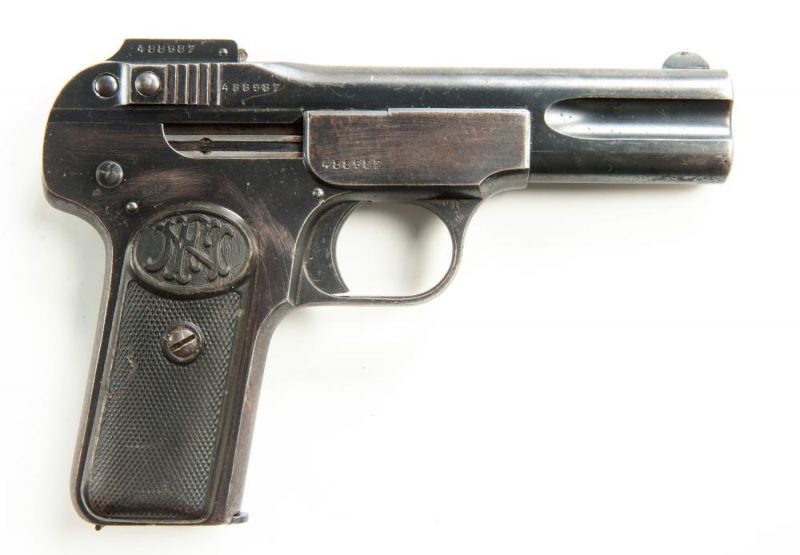
The cartridge became a big hit. Colt, Savage, Walther, Beretta, CZ, FN, and many more all produced small handguns that chambered the little round. It became very popular with the concealed carry pistols of the day. It was small but reliable due to the centerfire design and provided a soft shooting cartridge for the straight blowback guns of the era.
Over time its popularity waned. The Army chose the .45 ACP round after their .38 revolvers failed to stop the Moros in the Philippines. This is where we can begin tracing the myth of stopping power. People started believing that the large size of a projectile was the most important feature of a handgun round.
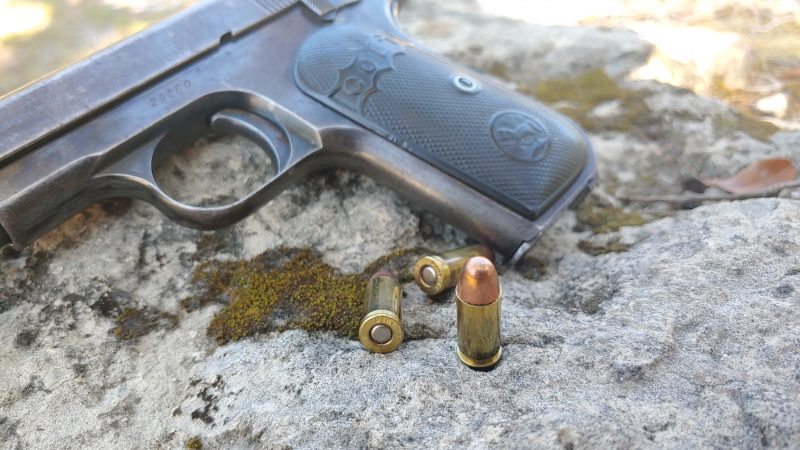
We now know it’s all about shot placement and penetration. With that in mind, does the .32 ACP still hold up? We know that the 9mm and .380 ACP are very effective rounds that can be relied on to stop a target, but what about the little 7.65 Browning?
What Does a Projectile Need To Do?
The FBI set the modern standards for fighting handgun cartridges. That standard states that a projectile should penetrate 12 to 18 inches of ballistic gel to adequately reach the vital, fight-stopping parts of the human body. Anything less than 12 inches may not reliably penetrate deep enough to stop a fight. Anything that penetrates beyond 18 inches might penetrate too much and come out the other side of the body.
That’s what the round needs to do. The shooter needs to be able to place the shot in an area that can stop an attacker. If a .45 ACP hits someone in the shoulder and a .22LR hits them in the lung, which is more likely to stop the threat?
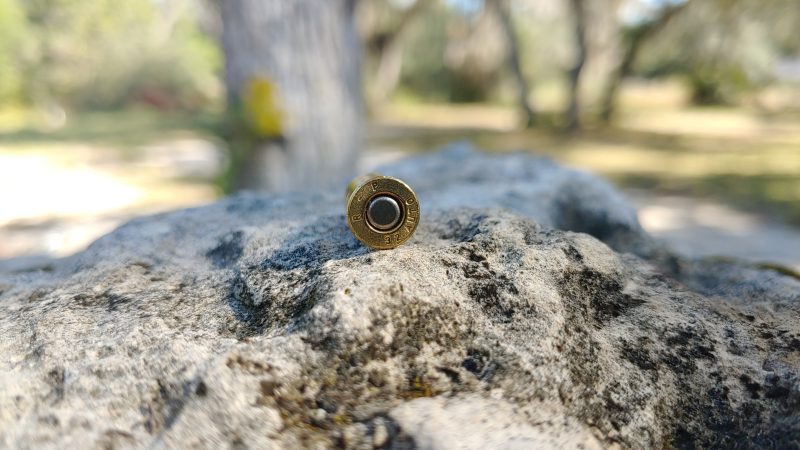
Does the .32 ACP have enough oomph and penetration to reach 12 inches? With the right ammo, yes. In fact, it can penetrate very well and beyond 12 inches with the proper ammo. The proper ammo just happens to be an FMJ.
When it comes to jacketed hollow points, the .32 ACP tends to penetrate very poorly. They do open, but that slows their penetration and prevents proper penetration. This means those looking to stop threats with the .32 ACP should stick to heavier FMJs.
The Strengths of .32 ACP
The 9mm and .380 ACP both reliably penetrate up to 12 inches and beyond with ammo that consistently expands. Why would someone ever choose to use a round smaller than those two? The 9mm and its micro compact genre are brilliant, and the .380 ACP has easily moved into the micro pocket pistol world.
Why would anyone choose .32 ACP over those two rounds?
There are two reasons primarily. First, if you can make small guns work in .380 ACP, then you can make them even smaller in .32 ACP. KelTec is the only company seemingly taking advantage of that with the P-32.
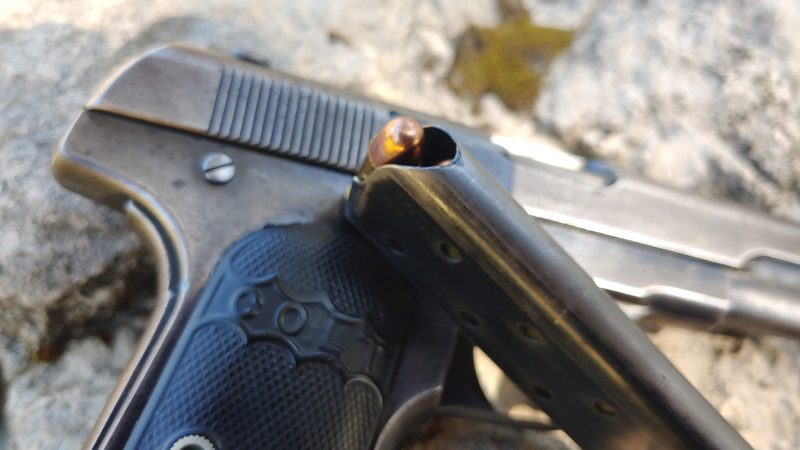
On the flip side, the .32 ACP offers very little recoil in small guns. The .380 ACP can be a bit rough in tiny guns. When every shot is like receiving a hard high five, then it’s not a comfortable gun. For those with smaller hands or weaker hands, this is a no-go.
Pleasant is how I describe the recoil of the .32 ACP, even from a small gun. It’s controllable, easy to handle, and easy to fire. Firing multiple shots that are accurate is better than firing bigger rounds that make the gun shift in your hand under recoil.
Downsides
Poor expansion is one of the big downsides to 32 ACP. It pokes tiny holes, and that’s it. Outside of poor expansion, even the cheapest ammo is expensive. A box of .32 ACP costs a fair bit more than 9mm or even .380 ACP. Additionally, your firearm selection is pretty limited as well.
Perfect or You?
The .32 ACP isn’t perfect. It’s not the most powerful caliber, and it is lacking in some departments. It’s not the perfect caliber for carry, but it might be the perfect caliber for someone. The low recoil and small size make it fairly attractive in a tiny gun, and it can do the minimum to stop a threat. It’s not for everyone, but for deep concealment or weak hands, it’s tough to beat.
ABOUT THE AUTHOR:
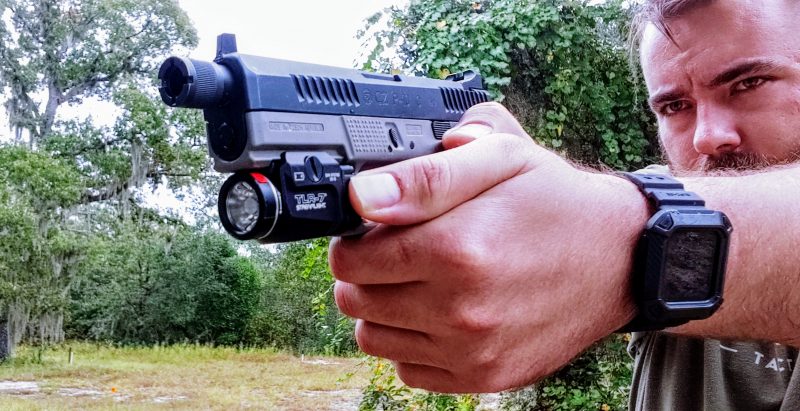
Travis Pike is a former Marine Machine gunner who served with 2nd Bn 2nd Marines for 5 years. He deployed in 2009 to Afghanistan and again in 2011 with the 22nd MEU(SOC) during a record-setting 11 months at sea. Travis has trained with the Romanian Army, the Spanish Marines, the Emirate Marines, and the Afghan National Army.
He serves as an NRA-certified pistol instructor and pursues a variety of firearms-based hobbies.
![]()
You may also enjoy these popular articles:
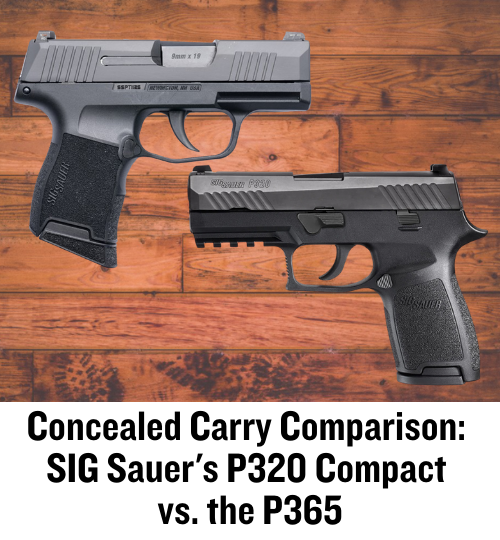

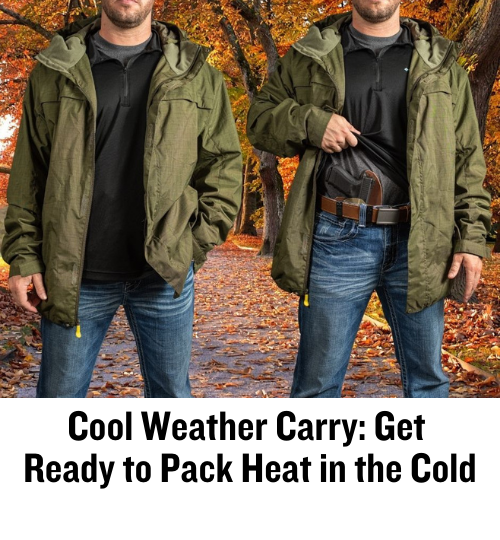
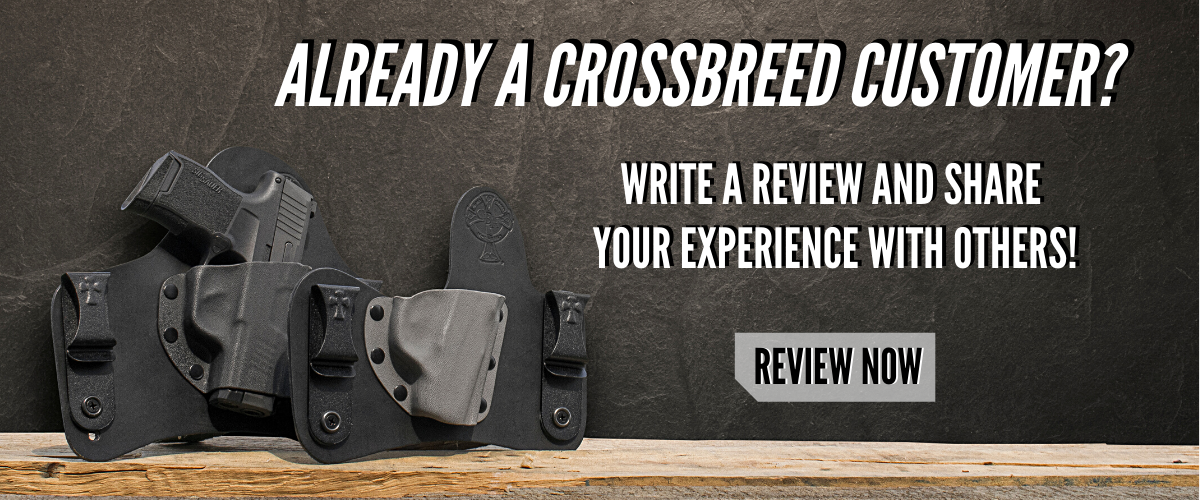
©MTC Holsters, LLC and CrossBreed Holsters Blog, 2022.
Unauthorized use and/or duplication of this material without express and written permission from this site’s author and/or owner is strictly prohibited. Excerpts and links may be used, provided that full and clear credit is given to Travis Pike and the CrossBreed Blog with appropriate and specific direction to the original content.
![]()

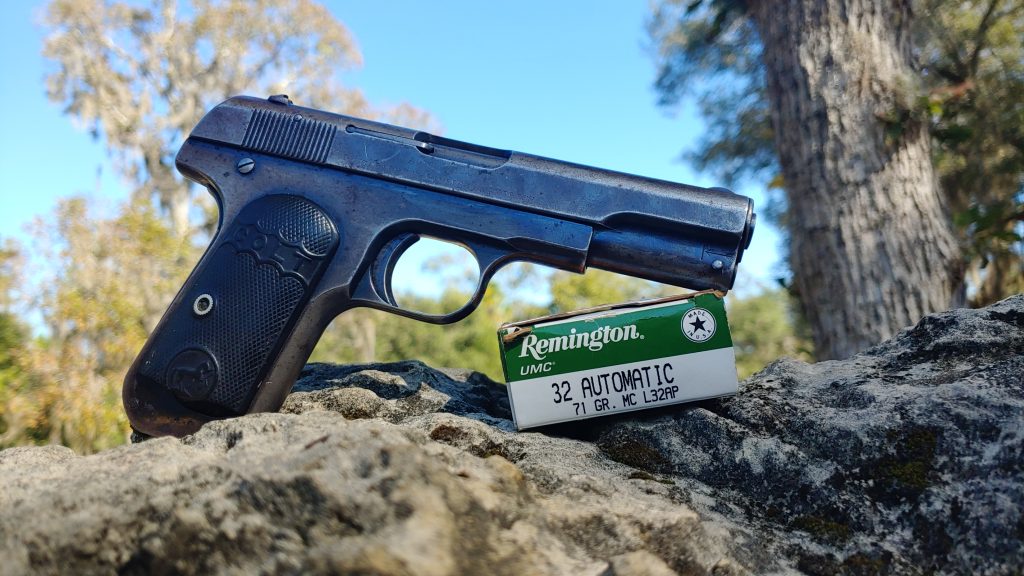
Seems like the 32 has historically been used in assassinations and attempts.
A solid hit with a .25 ACP, err .32 ACP, is better than a miss with a .45 ACP. As an “older shooter”, and a long time 1911 fan, understand the problem of racking the slide on a pistol with a heavy (~17 lb.) recoil spring. IF a .32 ACP pistol, with a modern locked breech in lieu of a simple blow back system was available, think that more interest in the .32 ACP would be seen. However, it would seem that the folks at FEDERAL jumped up the .32 ACP when they created the .30 Super Carry. Now if there was a .30 Super Carry pistol in a more traditional .32 ACP pistol size, that could be the fatal blow to the future of the .32 ACP cartridge. Guess that if the .30 Super Carry is restricted to the typical 9mm size pistol, then there is still some hope for the .32 ACP to hang around for another 100 years.
I do not own a 32 caliber firearm, but if I came across a nice .32 ACP I would likely load it with honey badger ammo rather than fmj. The bullet shape causes more tissue damage and system shock than fmj and penetration is similar to fmj.
On another note, choosing a locked breach firearm for .380 does a lot to moderate felt recoil. I have a Kimber Micro .380 that is very mild to shoot in spite of its small size. I have a heavier blowback pistol that recoils much more vigorously.
Don’t forget the Beretta 3032 Tomcat. Great ccw with the right .32 acp ammo. Mine does not like JHP, but runs well with FMJ. Haven’t tried honey badger but will when I find it. Keep muzzle pressure below 130 ft lbs to prevent frame damage. Flip up barrel is a great feature for weak/arthritic hands.
Are you looking for the cheapest SMM panelthat is also functional? Look nowhere else! Results are obtained from this Instagram SMM panel. This is the best palatform for us.
I have several .32 ACP pistols. My Zastava CZ70 will stop a threat if I dump several rounds of either FMJ or Lehigh loaded Underwood ammunition into the bad guy’s chest. While not a “powerhouse” the .32 ACP can break off an attack. Properly placed, .32 ACP Full Metal Jacket ammunition will do the job.
Don’t sell this controllable pistol short. Those that do risk an extended hospital stay, or a short trip to the morgue.